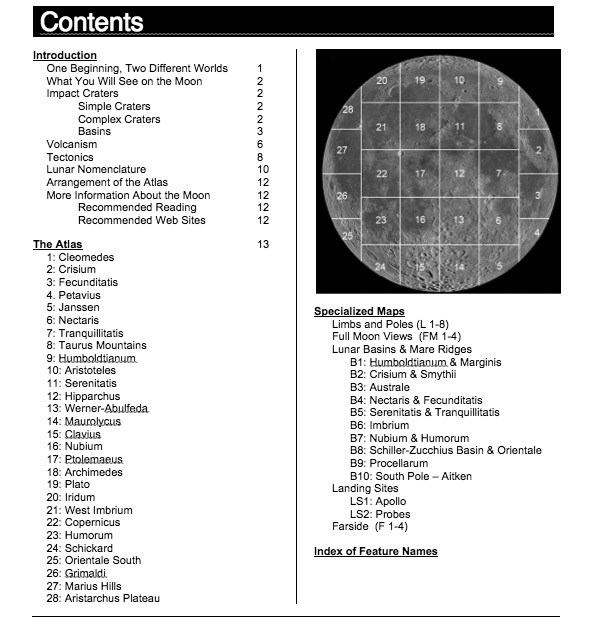
Iapetus has contrasting black and white hemispheres as well as an extensive ridge of equatorial mountains among the tallest in the solar system. Enceladus emits jets of ice from its south-polar region and is covered in a deep layer of snow. Titan is the second- largest moon in the Solar System (after Jupiter's Ganymede), with a nitrogen-rich Earth-like atmosphere and a landscape featuring river networks and hydrocarbon lakes. Seven Saturnian moons are large enough to have collapsed into a relaxed, ellipsoidal shape, though only one or two of those, Titan and possibly Rhea, are currently in hydrostatic equilibrium. This number does not include the many thousands of moonlets embedded within its dense rings, nor hundreds of possible kilometer-sized distant moons that were seen through telescopes but not recaptured. There are 146 moons with confirmed orbits. The moons of Saturn are numerous and diverse, ranging from tiny moonlets only tens of meters across to the enormous Titan, which is larger than the planet Mercury. Shown in the image are Dione, Enceladus, Epimetheus, Prometheus, Mimas, Rhea, Janus, Tethys and Titan. In the image below, impact melt flowed downhill and pooled, where it cooled.An annotated picture of Saturn's many moons captured by the Cassini spacecraft. The floor of the crater is covered in impact melt, rocks that were heated to such high temperatures during the impact event that they turned to liquid, and flowed across the floor. Tycho's central peak is thought to be material that has rebounded back up after being compressed in the impact, and though it's a peak now, it originated at greater depth than any other portion of the crater. Tycho is also of great scientific interest because it is so well preserved, it is a great place to study the mechanics of how an impact crater forms. The problem is, there aren't that many places for which we've sampled the rocks, and confirming the age of Tycho would help date younger surfaces, which are not well sampled. Planetary surfaces are dated by counting the number of craters on the surface, and comparing that number to the number of craters that formed on a surface for which we know the age by actually sampling the rocks. Directly sampling material from within the crater would help us learn more about not just when Tycho formed, but the ages of terrains on other planets throughout the solar system. This may still seem old, but compared to the 3.9 billion-year age for many large lunar craters, Tycho is the new kid on the block. So if these samples are truly from Tycho, the crater formed 108 million years ago as well. These samples are impact melt glass, and radiometric age dating tells us that they formed 108 million years ago. How old is Tycho? Because the impact event scattered material to such great distances, it's thought that some of the samples at the Apollo 17 landing site originated at the Tycho impact site. All craters start out looking like this after they form, but their rays gradually fade away as they sit on the surface, exposed to the space environment which over time darkens them until they fade into the background. It formed recently enough that its beautiful rays, material ejected during the impact event, are still visible as bright streaks.

What really makes Tycho stand out is its relative youth. At 53 miles (85 kilometers) in diameter, it is just one among thousands similary-sized craters. Tycho's prominence is not due to its size. It appears as a bright spot in the southern highlands with rays of bright material that stretch across much of the nearside. Tycho Crater is one of the most prominent craters on the Moon.


 0 kommentar(er)
0 kommentar(er)
